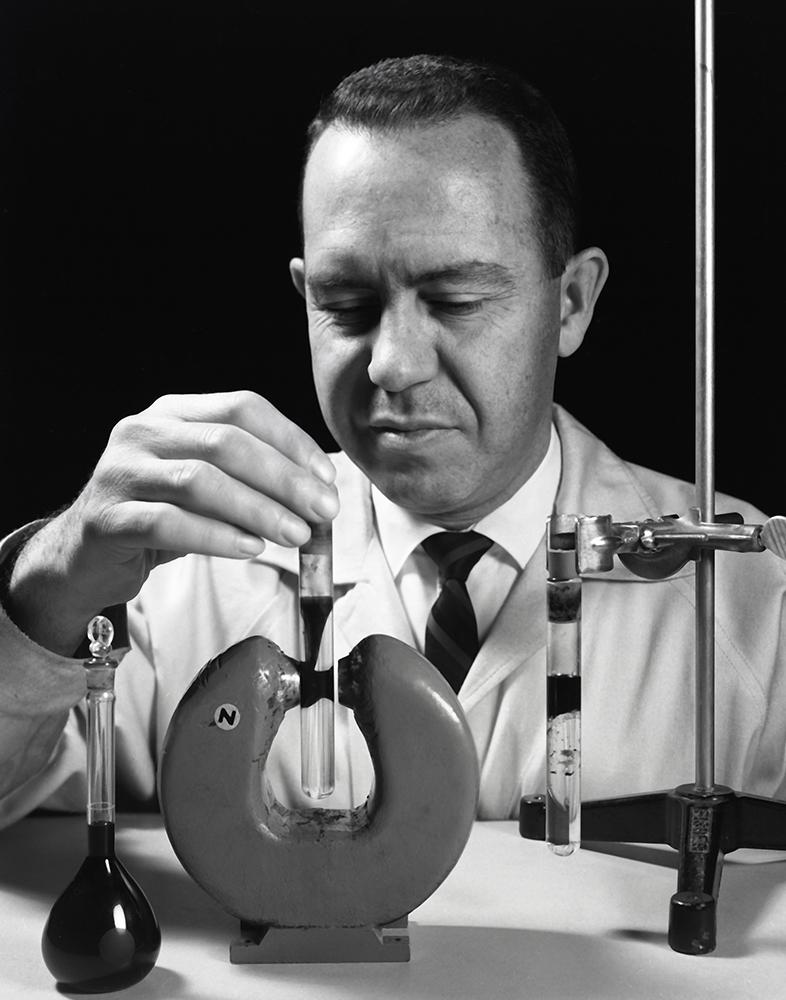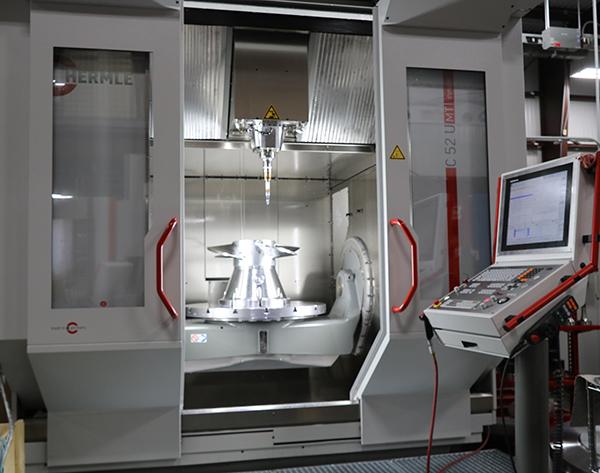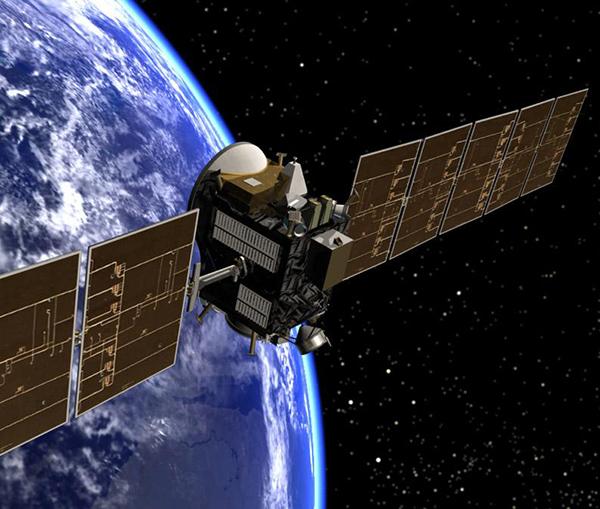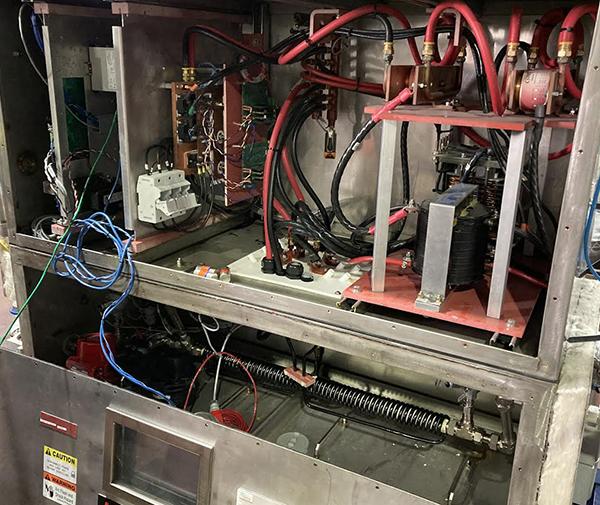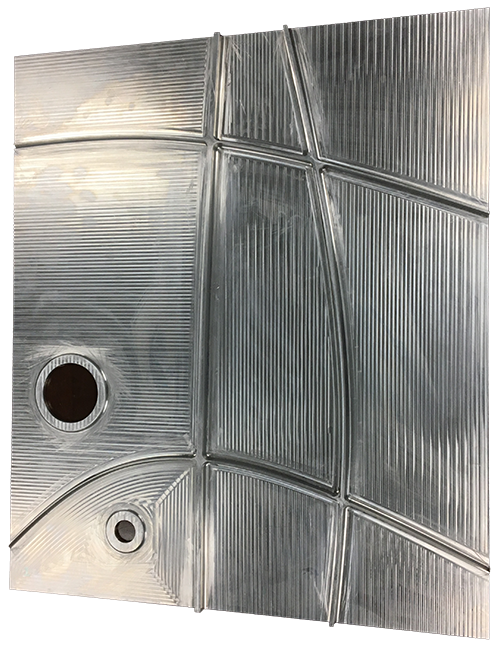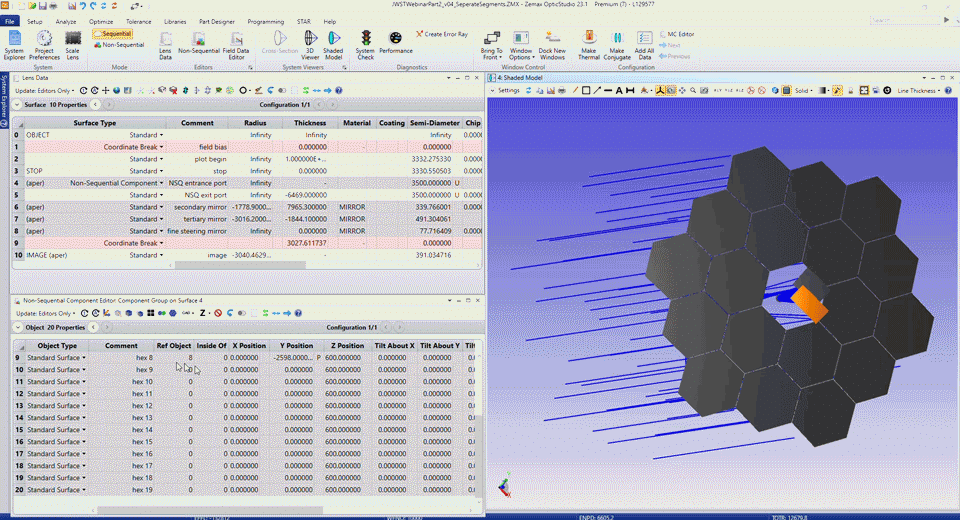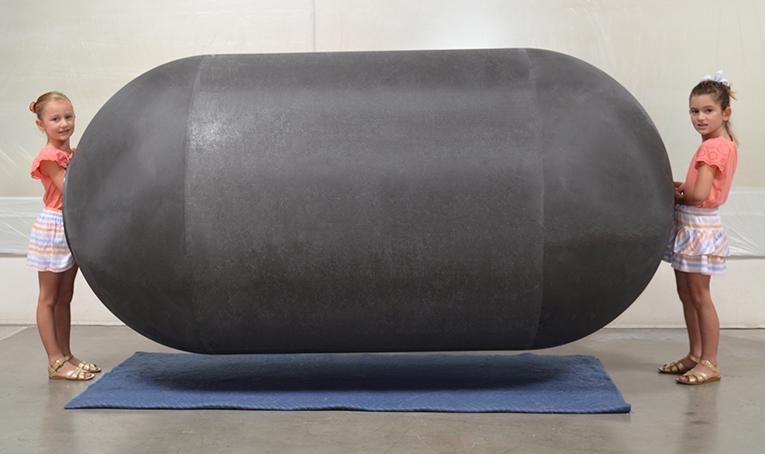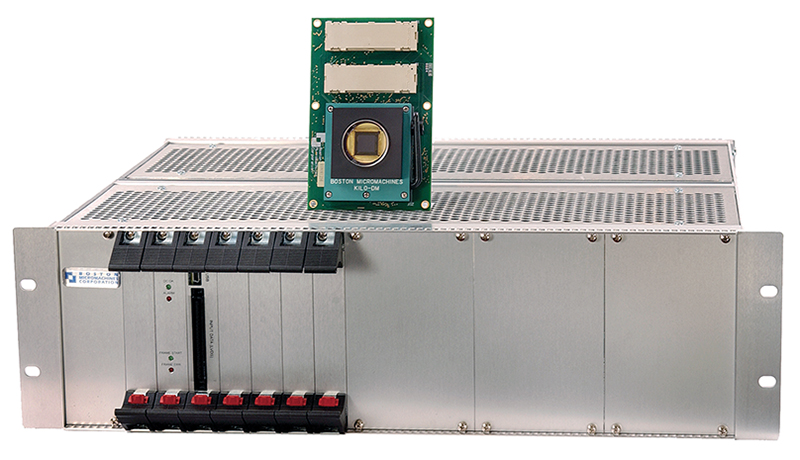
Deformable Mirrors Correct Optical Distortions
Originating Technology/NASA Contribution
In March of 2009, the Kepler spacecraft was launched to explore the structure and diversity of planetary systems outside of our own solar system, with a special emphasis on the detection of Earth-sized planets. Once Kepler fulfills its mission, the SIM Lite spacecraft will follow in its path to measure the masses of the planets discovered by Kepler and to study additional planets. Together, these missions will pave the way for the Terrestrial Planet Finder (TPF), an instrument designed to have imaging power 100 times greater than the Hubble Space Telescope, to ultimately provide the first photographs of new planetary systems.
Currently under study at NASA, the TPF will combine the high sensitivity of space telescopes with revolutionary imaging technologies consisting primarily of adaptive optics. To this end, a very small yet extremely important piece of technology is taking shape: the deformable mirror (DM).
As one of the main elements in adaptive optical systems, DMs adjust their shape or position to correct for aberration (an optical phenomenon that leads to blurring or distortion). Originally proposed in the 1950s for improving astronomical imaging, and developed by the U.S. Air Force in the 1970s, adaptive optical systems consist of three main elements: a DM, a sensor that measures the aberration hundreds of times per second, and a control system that receives the measurements and then tells the DM how and where to move in order to correct for the distortion. Today, major Earth-based telescopes such as the Keck Observatory in Hawaii and the European Southern Observatory in Chile rely on adaptive optics to remove distortion caused by light passing through Earth’s atmosphere. For space applications, adaptive optics correct for distortions in the telescope due to temperature, launch impact, and absence of gravity.
Partnership
In 1999, Boston Micromachines Corporation, a newly formed company in Cambridge, Massachusetts, received a Phase I Small Business Innovation Research (SBIR) contract with the Jet Propulsion Laboratory (JPL) for space-based adaptive optical technology. The Phase I led to a Phase II SBIR with JPL and resulted in a microelectromechanical systems (MEMS) DM called the Kilo-DM.
“Space-based telescopes need a small mirror that can correct for aberrations. MEMS are a smart choice, because they are compact, low-power, and lightweight,” says Paul Bierden, president and co-founder of Boston Micromachines. MEMS technology integrates tiny actuators and electrical interconnects on one silicon chip. Electronics are connected to the actuators to control their position.
From 1999 to 2009, the company gained manufacturing expertise based on additional SBIRs with JPL. The batch manufacturing approach developed for the small and compact devices was much less expensive than competing technologies. Because the MEMS DMs are low power, the company could make the electronics smaller, allowing for easier integration, which also contributed to less costly manufacturing. “The SBIR program has accelerated the development of this technology by years and has allowed us to get devices into people’s hands much faster,” says Bierden.
Product Outcome
Boston Micromachines now features a full product line of MEMS DMs, including the Kilo-DM, the Multi-DM, and the Mini-DM. The difference among the products is the number of actuators, or elements that change the reflective surface. Ranging from 32 to 1,020, the more actuators a DM has, the greater the image correction.
Observatories around the world are using the Kilo-DM for astronomical imaging. At Mauna Kea, Hawaii, it was integrated in the Subaru Telescope, operated by the National Astronomical Observatory of Japan, to achieve better images of stars and distant galaxies. It also provides clearer views for observatories in Arizona, France, and the United Kingdom. Most recently, the technology was customized for the Gemini Planet Imager, the next-generation adaptive optics instrument being built for deployment at the Gemini Observatory in Chile. Operated by a partnership of seven countries, the goal of the Gemini Planet Imager is to look at extrasolar planets orbiting nearby stars.
In addition to widespread astronomical applications, the technology has been adapted to improve the quality of laser communication systems. Used primarily by defense organizations, laser communication systems (wireless communication through the atmosphere using a laser beam) are limited in their speed and accuracy due to turbulence and other interference in the air between the sender and receiver. Scientists are finding that by using adaptive optical technology, distortion can be corrected, resulting in a higher data rate over a longer range. “NASA funded the development of the Kilo-DM and then Boston Micromachines took that to a Defense Advanced Research Projects Agency (DARPA) program,” Bierden explains. “They needed the technology to be modified, so we built a product for DARPA based on what we developed with NASA.”
Another Earth-based application for Boston Micromachines’ technology is microscopy. In combination with fast-scanning lens technology, a team at Rensselaer Polytechnic Institute incorporated the Mini-DM into an adaptive scanning optical microscope (ASOM) to get a clearer look at biological samples. Thorlabs Inc. has licensed the ASOM and made it commercially available for use in the fields of biotechnology, medicine, industrial quality assurance, and automated medical diagnostics.
As for future applications, vision science researchers are testing the MEMS DMs for their ability to eliminate blurriness caused by eye tissue and to get a better look at the retina. This is encouraging for the early detection and diagnosis of eye conditions such as glaucoma, diabetic retinopathy, and macular degeneration. The MEMS DM also looks promising for noninvasive deep tissue in vivo imaging as well as endoscopic imaging.
The company is on the verge of commercializing the newest technology developed through an SBIR contract with the Jet Propulsion Laboratory: a MEMS tip-tilt piston (TTP) DM. This device is a tiny segmented mirror in which 331 independent segments can pivot on their axes to correct for aberrations. By leveraging technology currently in development for the Gemini Planet Imager, the company is now focused on increasing the number of elements in their TTP MEMS DM to 1,027 for space-based imaging, which could lead to both power lasers and optical lithography applications.
“NASA SBIRs have not only allowed Boston Micromachines to do fundamental research, move our company and technology forward, and provide solutions for NASA, but also to provide solutions for other people in the imaging community,” Bierden says.
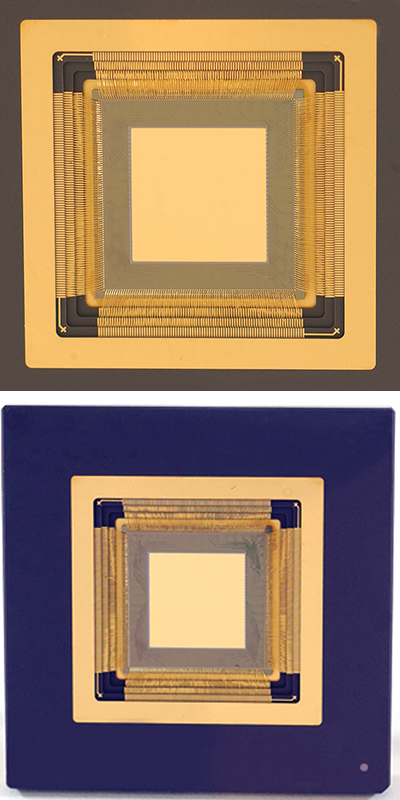
Boston Micromachines Corporation gained manufacturing expertise through SBIRs with the Jet Propulsion Laboratory for its microelectromechanical systems (MEMS) Kilo-deformable mirror (DM). As part of adaptive optical systems, DMs adjust their shape or position to produce clearer images.

The Kilo-DM and high-speed electronics driver are ideal for demanding applications in astronomy and laser communication. Currently, the European Southern Observatory, NASA’s Terrestrial Planet Finder (under development), and various defense agencies are using the Kilo-DM.







